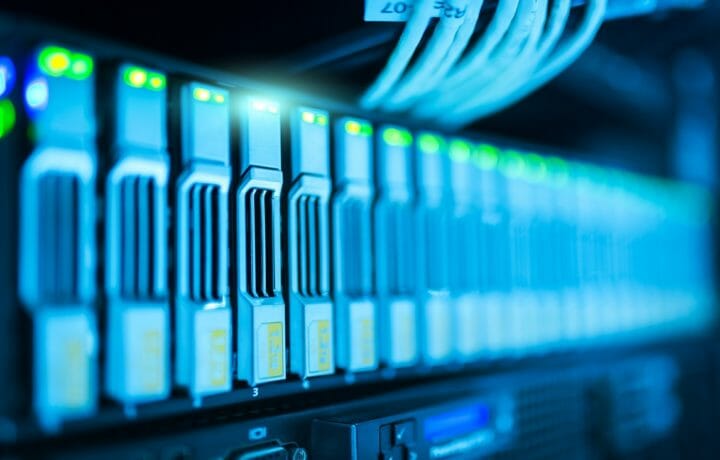This week Defense Secretary Mark Esper told reporters that those Pentagon officials who are able to telework should expect to do so for as long as necessary and at least until the country is beyond the COVID-19 crisis. Esper made those comments during a virtual town hall, and added that such measures will help get the United States through the pandemic.
Earlier this month the Office of Personnel Management offered guidance for federal workers to telework – or work remotely.
However, already some agencies have reported that “maximum telework” is putting a strain on its networks. The Department of Energy (DoE) reported that some of its systems simply can’t handle all of the employees trying to work remotely simultaneously.
There is some irony, as the point of the original Advanced Research Projects Agency Network (ARPANET) – which laid the technical foundation for the Internet – was intended to sustain operation during a catastrophic event, notably a nuclear war. The fact that today’s Internet, which is used by the mass of American citizens daily for work and entertainment, is facing bandwidth issues is a concern, but experts say it isn’t surprising.
“There is good basis for concern about bandwidth for employees working remotely,” said Jim Purtilo, associate professor in the computer science department at the University of Maryland.
Nor is bandwidth even the only concern.
“Let’s start with the given, which is that once a worker accesses the digital office, it should look just like the worker is at the desk,” Purtilo told ClearanceJobs. “It might still be under-resourced, but that would be a separate issue.”
The greatest potential for performance hits could be at the end points of any communication path from office to home environment.
“At one end is the switch that gates off-site accesses to the office Intranet,” explained Purtilo. “It depends upon a specific office, of course, but I’m sure many were not provisioned to handle as much remote traffic as they may experience today, or they might be older and slower devices. Voila, there’s a bottleneck introducing latency into the work streams.”
The Last Mile Dilemma
There is another even bigger unknown , one that is beyond the realm of the IT department – the so-called “last mile” to worker’s home environment.
“This is where we’d see the biggest mix of performance issues,” added Purtilo. “Some will have fast home connections, some will be slow. Some will run through wireless access points that are degraded because of many neighbors – all also sheltering at home – are competing for the same airwaves. Some will use cable access technologies that offer fixed bandwidth per neighborhood or building, meaning, everyone competes for a piece of that channel.”
Thus it isn’t just the bandwidth of those DoD systems that are causing a problem. It is the fact that many of the DoD’s workers are now stuck at home while their neighbors are binging on Netflix, or the fact that all the kids in the neighborhood are suddenly doing school work or passing the time playing games.
“The telecommuter’s performance will be no better than the slowest link in that chain,” warned Purtilo.
Resolving the Bandwidth Issues
There are some issues that government agencies – as well as the private sector – can bridge to help resolve some of the bandwidth issues.
“Some agencies and offices have already moved to cloud service contracts,” Purtilo told ClearanceJobs. “These more so than others ought to be more resilient in the face of changing work patterns, since most cloud providers ought to already have fairly robust net connectivity, or if they don’t then they shouldn’t be in that game. Workers who already rely on these services will still face bottlenecks on the exterior surfaces – the home office side – but server-side operations would probably be less impacted.”


